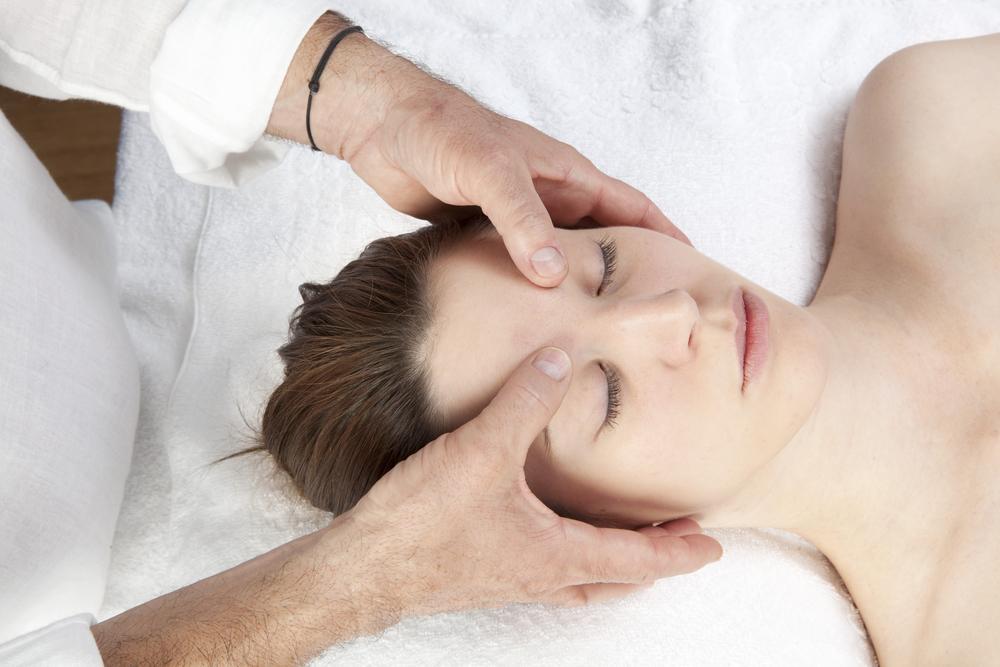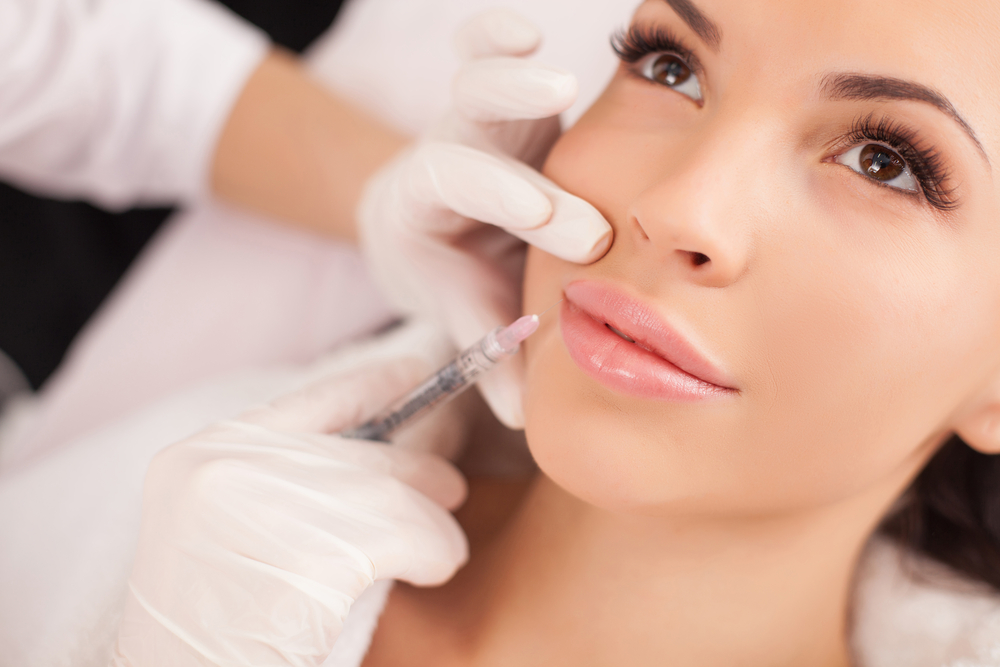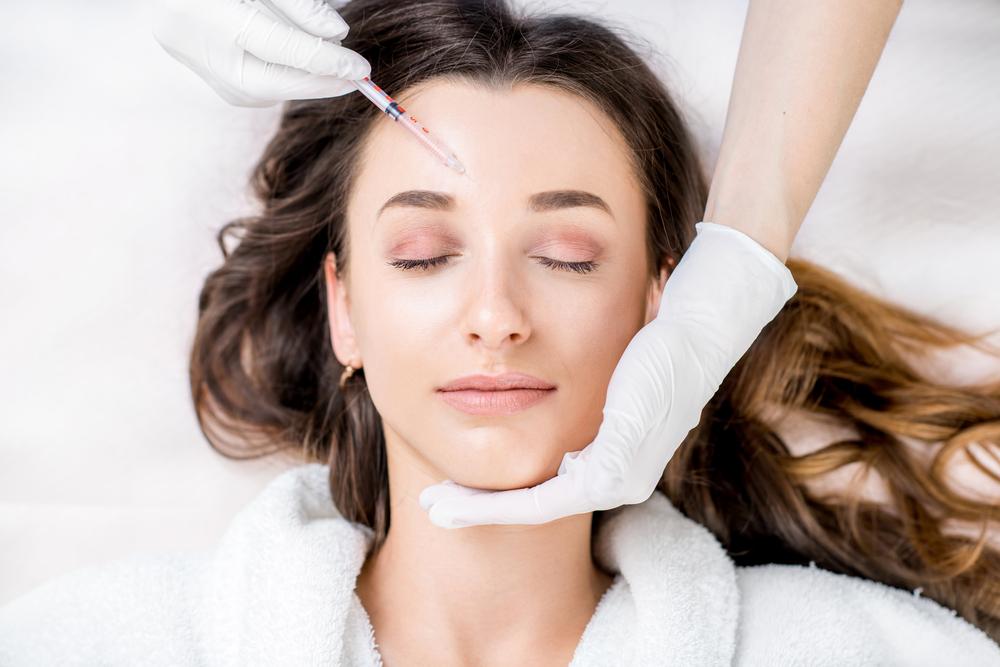Botox: A Proven Treatment for Managing Chronic Migraine Symptoms
Discover how Botox offers a promising and effective solution for managing chronic migraines. This comprehensive guide explains the treatment process, benefits, potential side effects, and suitability for patients suffering from persistent headaches. Learn how Botox can reduce migraine frequency, improve quality of life, and serve as a long-term management option for those battling this debilitating condition.

Chronic migraines are a debilitating neurological condition affecting millions globally, leading to persistent pain, discomfort, and a significant decline in quality of life. While many are familiar with Botox for cosmetic purposes, an increasingly recognized medical application is its role in relieving chronic migraine symptoms. This article explores the effectiveness, procedure, benefits, and considerations of using Botox as a targeted treatment for chronic migraines, providing comprehensive insights for sufferers seeking relief.
Understanding Chronic Migraines and Their Impact
Chronic migraines are characterized by headaches occurring 15 or more days per month, with at least eight of those days involving features typical of migraine attacks, such as throbbing pain, nausea, and sensitivity to light and sound. Unlike episodic migraines, which happen occasionally, chronic migraines can significantly impair daily functioning, productivity, and mental health. The persistent nature of this condition often leaves patients searching for effective long-term treatments that reduce the frequency and severity of their attacks.
The Role of Botox in Migraine Management
Botox, scientifically known as botulinum toxin type A, has garnered attention beyond its cosmetic uses due to its therapeutic benefits. Approved by the U.S. Food and Drug Administration (FDA) in 2010 for chronic migraine treatment, Botox has emerged as a promising option for individuals who do not respond well to traditional medications. The underlying mechanism involves injecting small doses of botulinum toxin into specific areas around the head and neck, which helps block the release of certain chemicals involved in pain transmission. This blockade reduces the activation of pain pathways, leading to fewer migraine episodes.
The Medical Procedure: How Botox is Administered for Migraines
The process of receiving Botox for migraines involves a series of carefully planned injections across multiple sites around the head, forehead, temples, neck, and shoulders. The procedure typically takes about 15 to 30 minutes and is performed in a healthcare provider’s office. Prior to treatment, a comprehensive assessment is conducted to identify the most targeted injection points based on the patient’s migraine pattern and pain distribution.
During each session, the clinician administers approximately 155 to 195 units of Botox through multiple small injections. The goal is to target key muscle groups and nerve clusters involved in migraine genesis. Treatments are generally repeated every 12 weeks, aligning with the duration of Botox’s effectiveness. Patients often report minimal discomfort during the procedure, with some experiencing mild soreness or bruising at injection sites.
Benefits of Botox for Chronic Migraines
Significant Reduction in Migraine Frequency: Studies indicate that up to 70% of patients experience a noticeable decrease in migraine days after five treatment cycles, translating into better quality of life.
Improvement in Migraine Severity: Many patients report less intense headache pain and reduced associated symptoms such as nausea and light sensitivity.
Long-Lasting Relief: The effects of each Botox session typically last about three months, providing sustained relief when administered regularly.
Minimal Systemic Side Effects: Since Botox is locally injected, it generally causes fewer side effects compared to systemic medications, though some minor adverse reactions can occur.
Non-Dependence on Daily Medication: Botox offers a long-term management strategy, reducing the reliance on daily oral medications and their potential side effects.
Potential Side Effects and Considerations
Although Botox is generally considered safe for migraine treatment, it’s essential to be aware of possible side effects. The most common include neck pain, stiffness, and minor bruising at injection sites. Occasionally, some patients may experience temporary eyelid drooping or muscle weakness. Serious allergic reactions are rare but require immediate medical attention.
Individuals should undergo thorough evaluation by a qualified healthcare professional to determine if they are suitable candidates for Botox therapy. Factors such as muscle strength, allergy history, and medication interactions should be carefully reviewed. Moreover, continuous monitoring during treatment cycles ensures adjustments can be made to optimize outcomes and minimize adverse effects.
Who Should Consider Botox for Migraines?
Botox is primarily recommended for adults experiencing chronic migraines, defined as headaches occurring on 15 or more days per month, with at least eight days exhibiting migraine symptoms. Patients who have not achieved satisfactory relief from preventive medications might consider Botox as an alternative or complementary therapy. Additionally, individuals with migraine patterns that severely impair their quality of life and daily activities can benefit from this targeted approach.
Future Perspectives and Ongoing Research
Research continues into enhancing the efficacy and understanding of Botox’s role in migraine management. New protocols, dosage regimens, and long-term safety data are being explored to optimize treatment outcomes. Moreover, ongoing studies aim to identify biomarkers that predict response to therapy, allowing for more personalized and effective migraine treatment strategies in the future.
Conclusion: Is Botox the Right Choice for You?
If you suffer from chronic migraines and have tried multiple medication options without sufficient relief, Botox might be a viable solution worth discussing with your healthcare provider. Its proven efficacy, long-lasting effects, and favorable safety profile make it an attractive option for many patients seeking to regain control over their lives. Always consult with a qualified specialist to determine if Botox is suitable for your specific condition and to develop a personalized treatment plan that ensures safety and maximum benefit.





